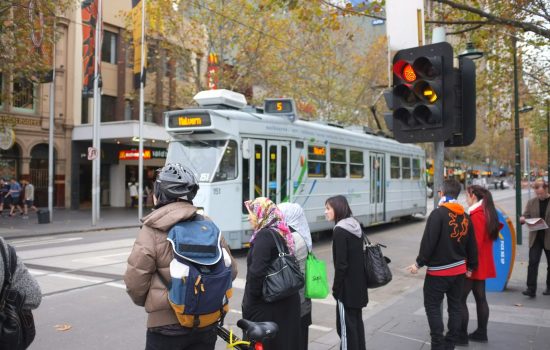A Bridging visa is a temporary visa that lets you stay in Australia lawfully while your immigration status is resolved.
The type of Bridging visa that you need depends on your circumstances, for example you may need to apply for a bridging visa to stay lawfully in Australia while waiting for your appeal to be decided. Our team of migration lawyers can help you find the right type of bridging visa to suit your goals and eligibility.
What are the different types of bridging visa?
There are different types of Bridging visas and they serve a different purpose:
- Bridging Visa A (BVA) (subclass 010): The BVA is granted automatically when you make a valid application for a substantive visa while still holding a valid previous substantive visa
- Bridging visa B (BVB) (subclass 020): The BVB is a bridging visa that allows you to leave Australia for a limited period of time while your application for a substantive visa is being processed
- Bridging visa C (BVC) (subclass 030): You can apply for a BVC when you do not hold a substantive visa in Australia but you have made a valid substantive visa application and are waiting for your application to be processed
- Bridging visa D (BVD) (subclasses 040 and 041): The BVD is a bridging visa valid for only 5 days. It is granted to people with no valid substantive visa but that will be able to make a valid application within 5 working days
- Bridging visa E (BVE) (subclasses 050 and 051): The BVE lets you stay lawfully in Australia while you make arrangements to leave, finalise your immigration matter or wait for an immigration decision
What are my working rights on a bridging visa?
You might be allowed to work in Australia while on a bridging visa depending on the visa conditions that apply to your visa. Your grant letter will tell you about these conditions. Please note that if your bridging visa does not allow you to work, you can apply for that condition to be removed. You will usually need to demonstrate that you are in financial hardship.




